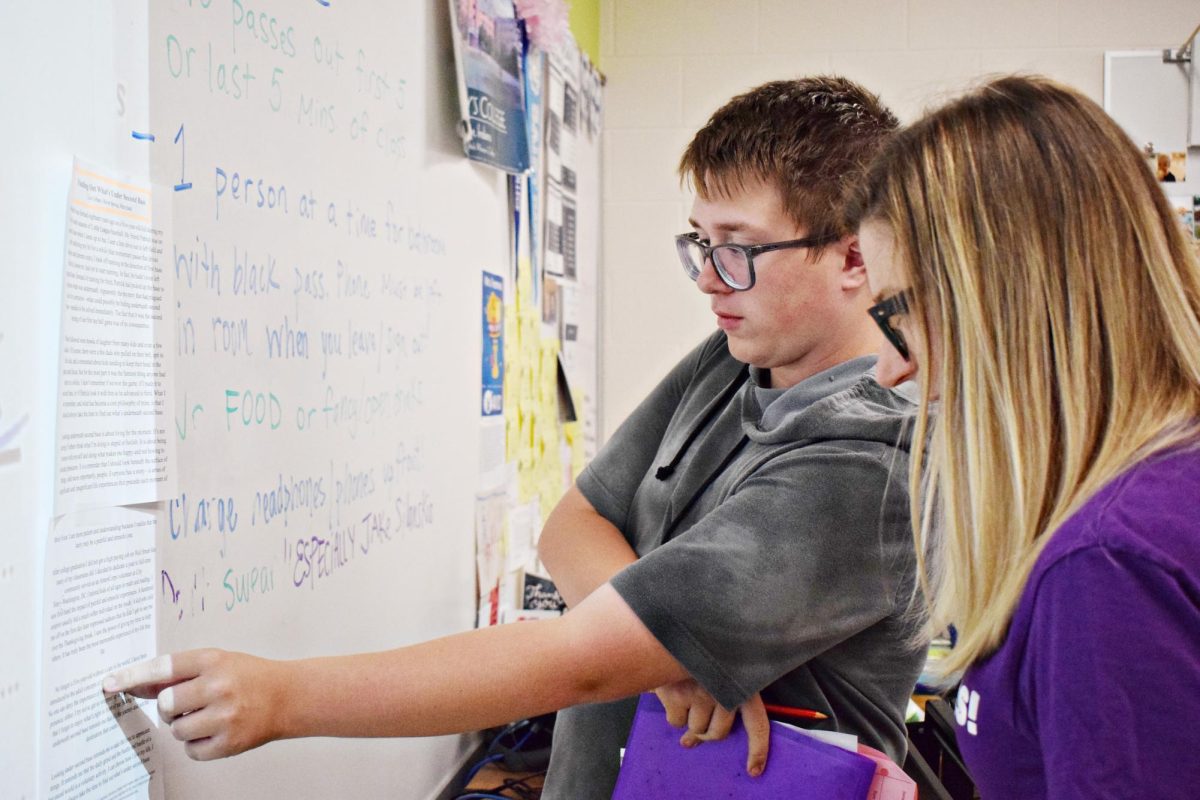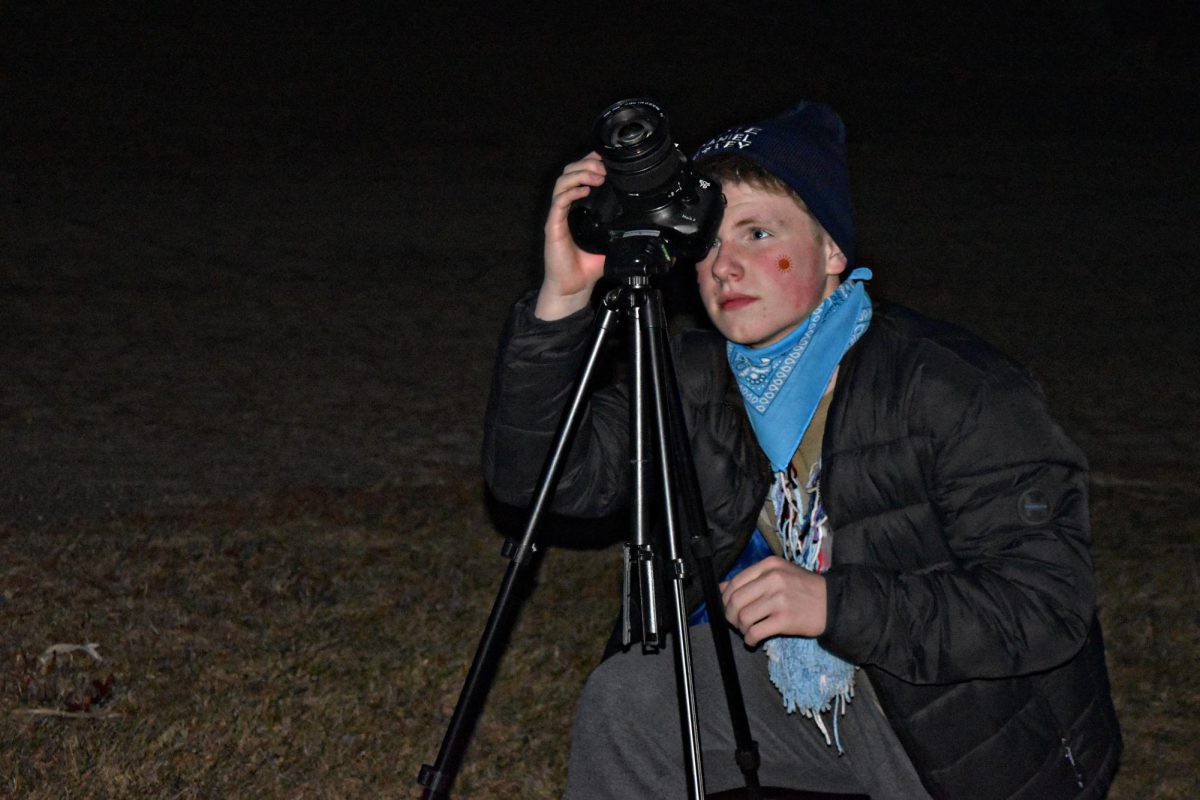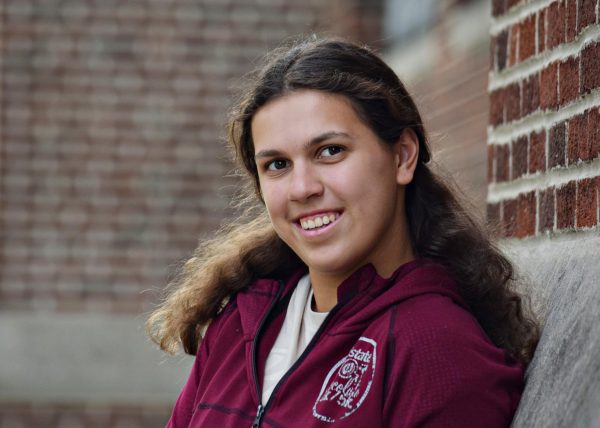Although the COVID-19 pandemic has long passed, West Chicago Community High School teachers say they still notice the effects of the pandemic in their students today.
It has been a couple of years since students at West Chicago have had to log onto a computer to attend lessons, but perhaps unsurprisingly, teachers note that social distancing has affected how students approach school and work with other students. Nationwide, attendance in schools after COVID dropped to a staggering 26% of students being chronically absent according to The New York Times in the 2022-23 school year.
The situation was not much different in West Chicago Community High School. Teachers pointed out that their students’ attitude towards attendance was the most glaring change post-COVID.
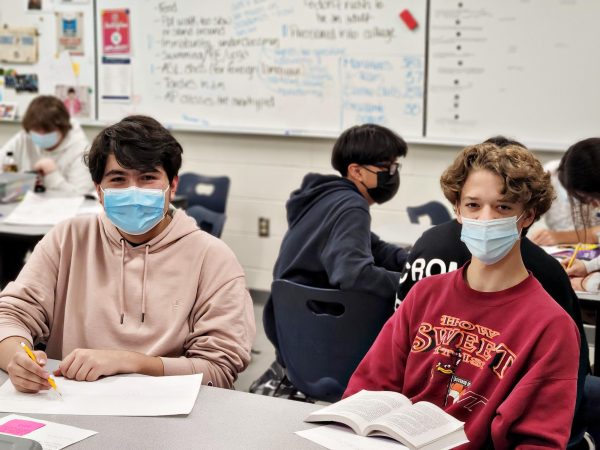
(Photo by Leslie Fireman)
“I think the biggest difference was in attendance,” Nicholas Caltagirone, a history and philosophy teacher, said. “COVID made attendance in the building – at first – not allowed, and then attendance was much more considered not as important because of online [learning].”
Attendance was not the only change teachers observed. As it turns out, having students working remotely without much in-person interaction impacted their ability to have meaningful discussions. During remote classes, many students could get away with using their phones, which led to a high phone dependency among high school students.
“Students forgot how to talk to one another and make eye contact,” Candace Fikis, a government and economics teacher, said. “They had their phones on them all day long, and obviously it’s hard to have a conversation with somebody when their head is buried into a phone.”
Students surveyed indicated that COVID impacted their internet usage – but some argued the impact was for the better. Because of remote learning, students got accustomed to using Google Classroom, typing their essays, and completing online assignments versus worksheets.
“Nowadays, I’m much more used to using my Chromebook. After so many assignments online, I still find Docs frustrating sometimes, but I’m much more familiar with technology now,” senior Dawn Petrie said. “That being said, I absolutely despise Zoom calls, I’ve had more than enough for me.”
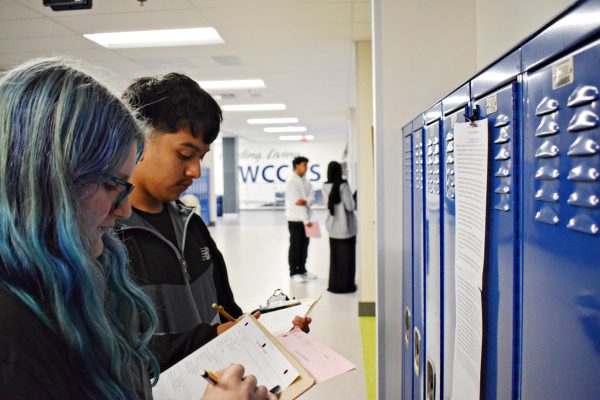
While Zoom classes faded away in 2021, the lasting effects of the pandemic did not. Teachers worry that COVID caused students to have mental block. They noted that since COVID-19, it had become harder for students to persevere through day-to-day problems that were more challenging to overcome.
“I hope this doesn’t come off as me being harsh, but [COVID has] just become this crutch to do nothing, to not come [to school], to not work hard, to not overcome whatever was happening,” biology and horticulture teacher Corrie Stieglitz said. “The perseverance aspect, I feel like, went to the wayside a ton.”
When asked for advice for students that were still struggling after the “COVID slump”, many teachers had the same things to say: “Come to school.”
Most expressed that it was difficult to do any real learning if not with the company of peers and teachers and with the bonus of getting hands-on experiences to understand different concepts and lessons.
“Come to school, because that’s where learning happens,” Caltagirone said. “We have to return back to how people actually learn, which is face to face and engaged in the process.”
Other teachers stated how important it was to take advantage of school support, both academic, but also emotional, and mental health related. They pointed out that since COVID, the school had not only implemented den time but hired more social workers and support staff to help with the student body’s well-being.
“There’s just so many resources for you, [more] than there ever was, and time to actually access it during the day, that I feel if you are struggling or need something, everyone is here to help you,” Stieglitz said. “Someone, anyone here, is here to help and I think that the school day has built that in for you.”



